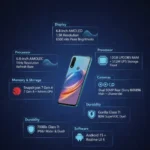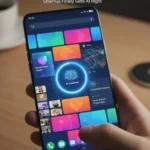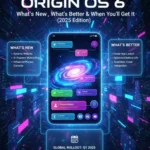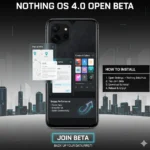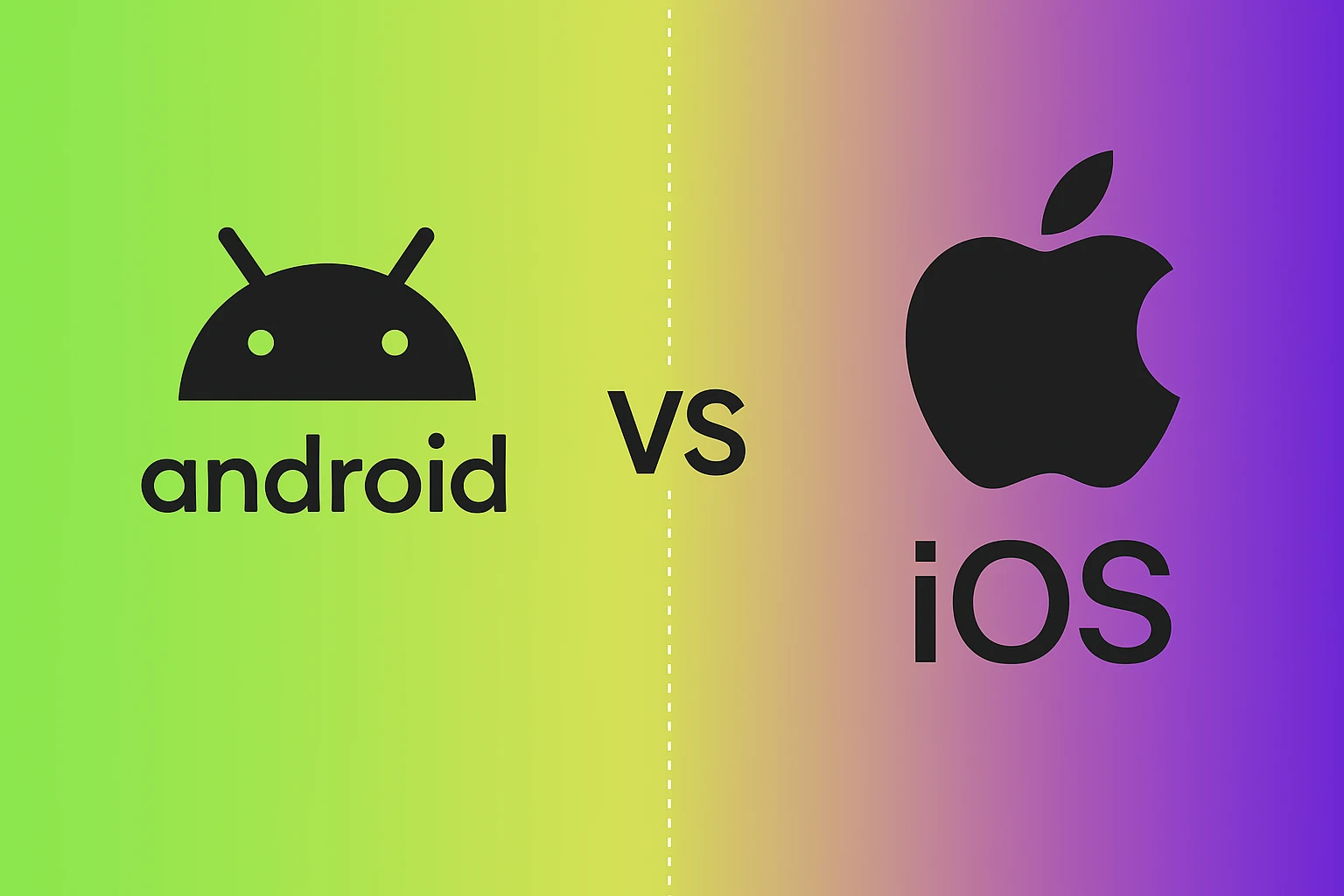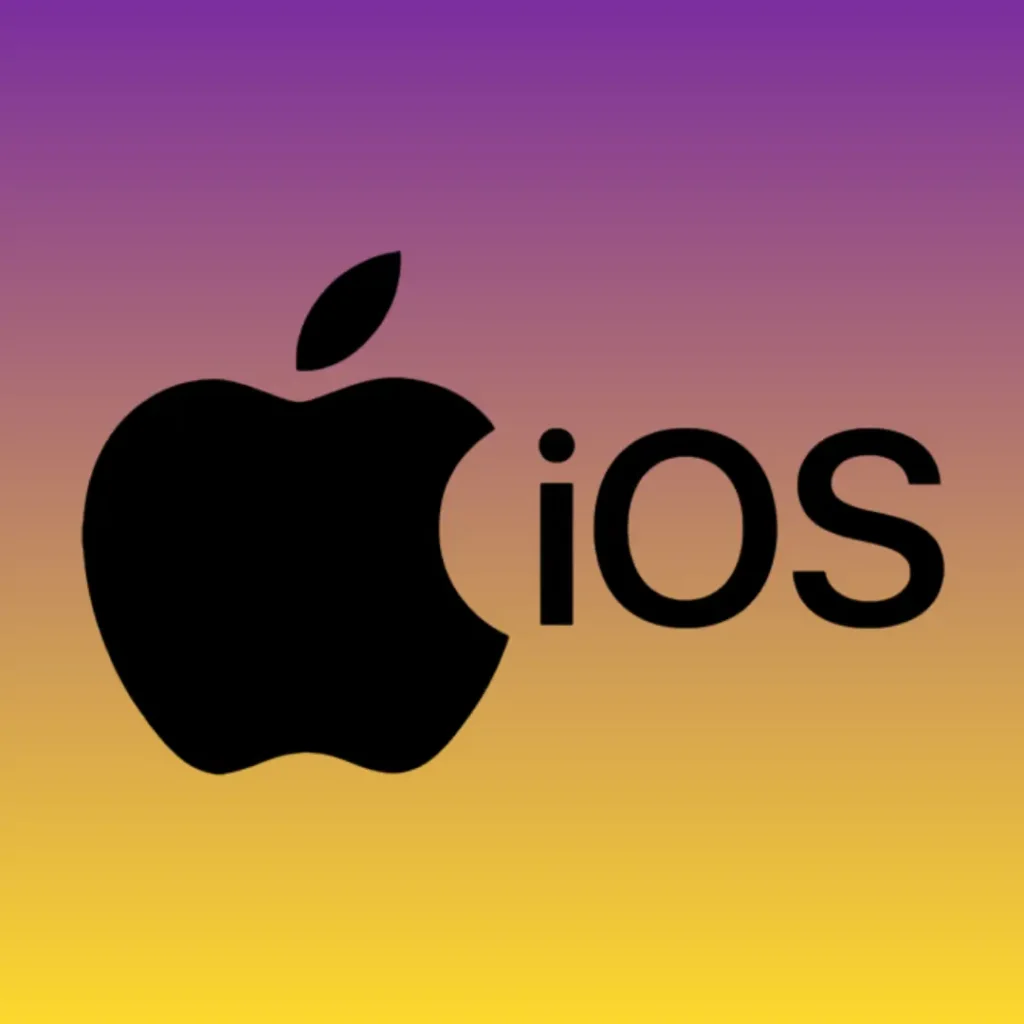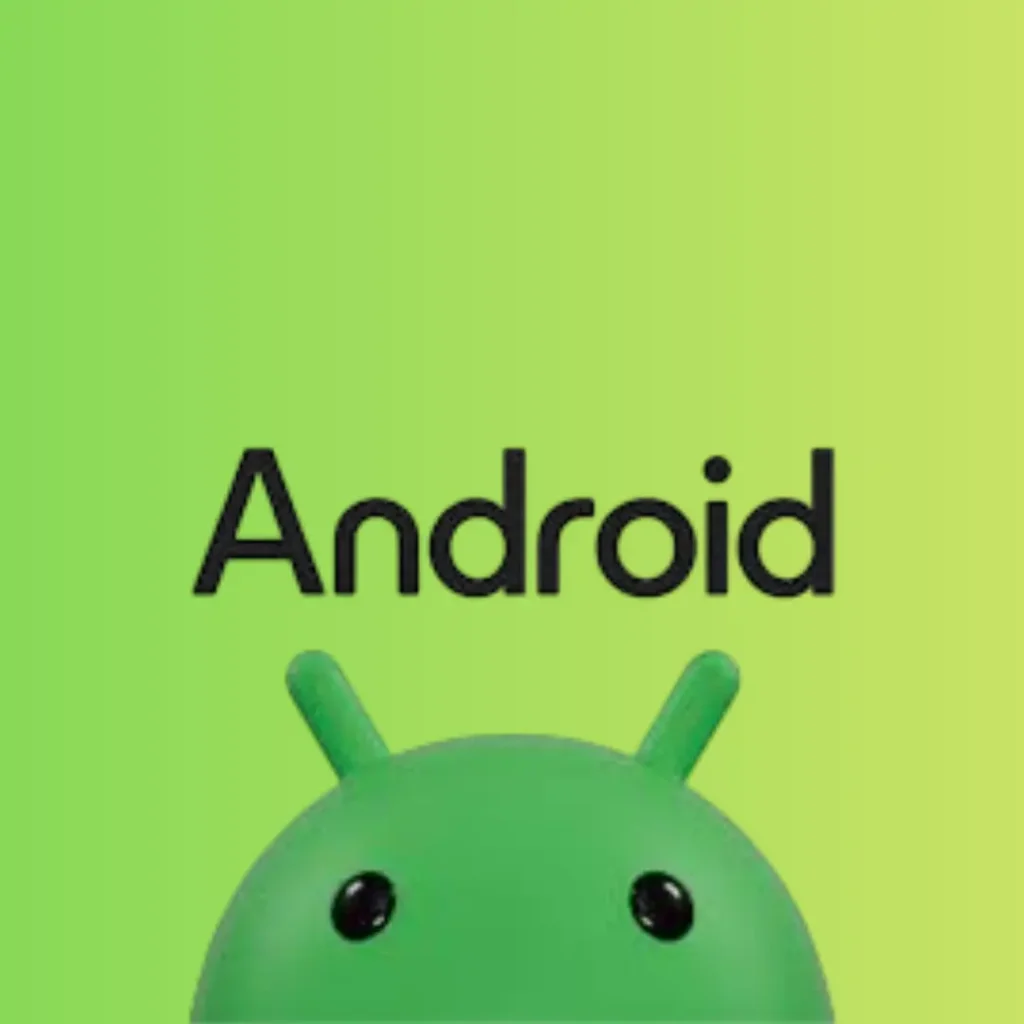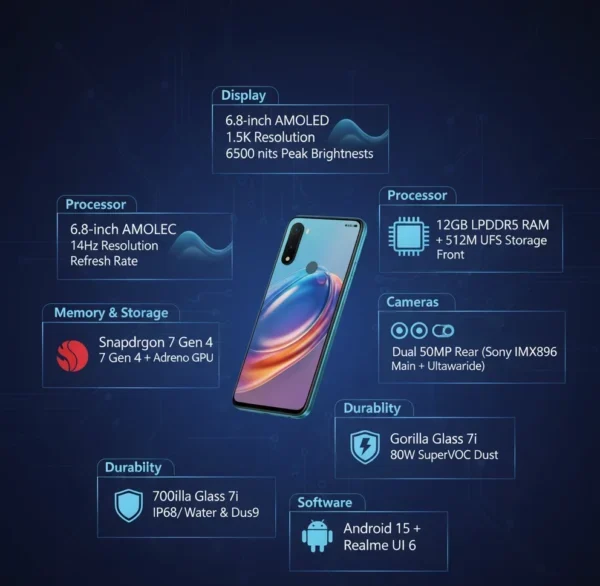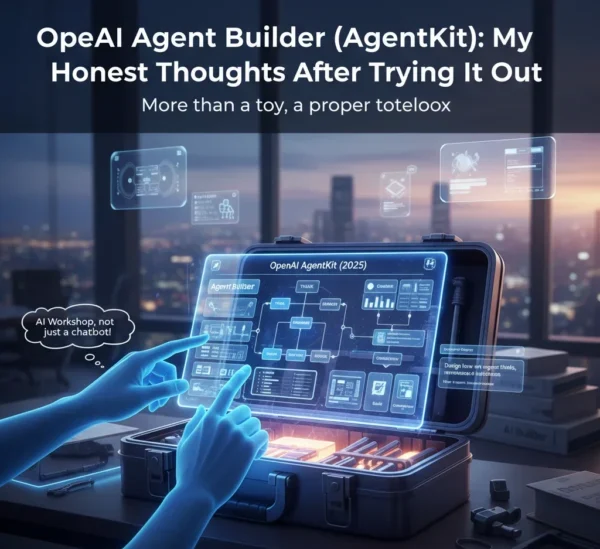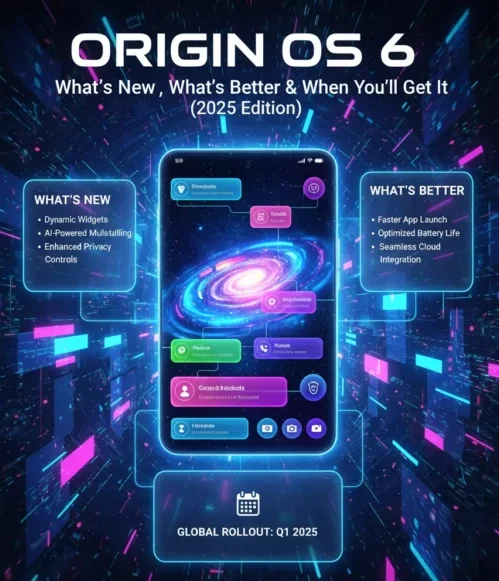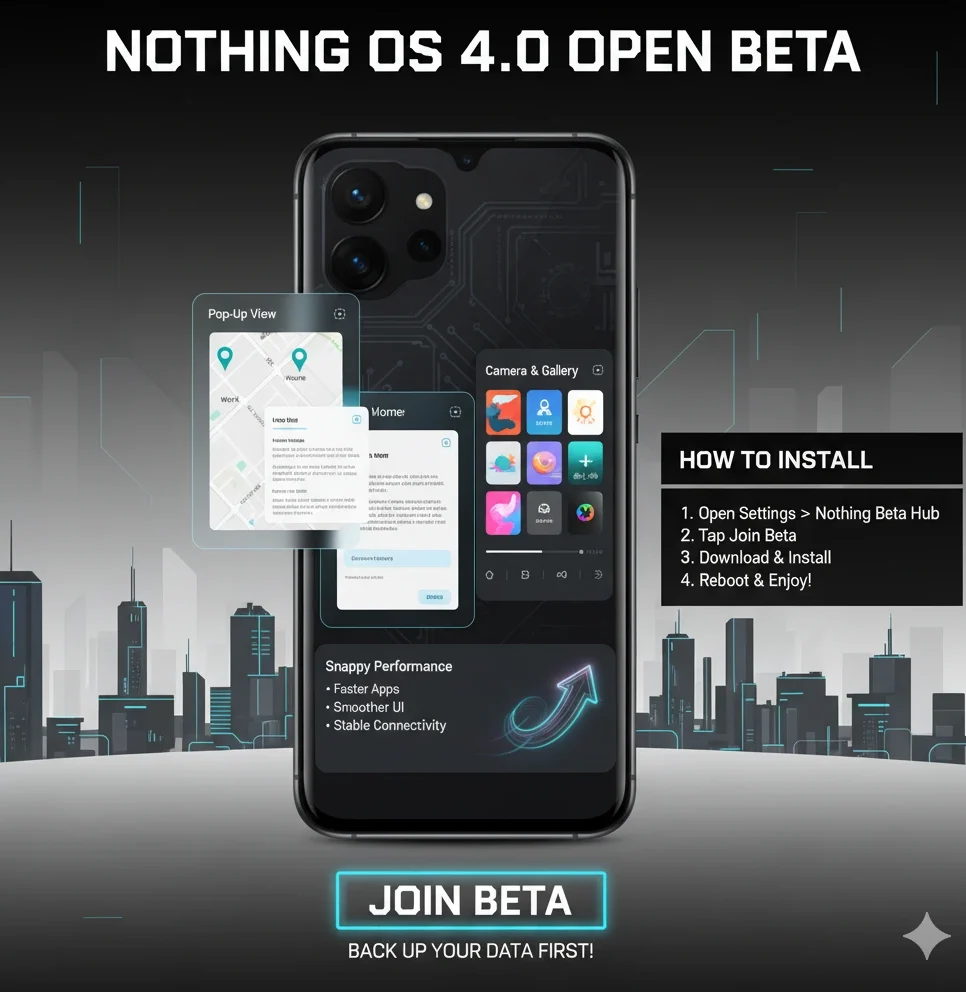iOS vs Android in 2025 Every year, the same question pops up—should you buy an iPhone or go for Android? It’s 2025 now, and honestly, the fight is still alive. Both have grown so much that it really depends on what kind of user you are. I’ve used both sides, so here’s a breakdown in plain words—no tech jargon.
First Impressions
iOS 19 feels… familiar. If you’ve used an iPhone before, you’ll slide right back in. It’s smooth, clean, and you don’t really have to “set things up.” Apple has also sprinkled in some AI stuff—you get smart replies, auto-translation, and app suggestions. Nothing flashy, but it works.
Android 15 is different. It’s like a playground. Want to change the whole look? Go ahead. Fonts, icons, widgets, even the way notifications behave—you can bend it to your liking. Personally, I enjoy this freedom, but some people find it overwhelming.
iOS = polished and simple.i
Android = your phone, your rules.
Speed and Everyday Use
Apple’s A19 chip inside the iPhone 17 Pro is insanely quick. No lag, no stutter. Battery life is solid too—even though Apple never puts the biggest batteries inside.
On Android, flagships are beasts. Snapdragon 8 Gen 5 and Dimensity 9400 push crazy performance. And don’t forget the massive batteries with ultra-fast charging. But—and this is important—not every Android is smooth. A budget model won’t feel anywhere close to an iPhone.
AI: The Buzzword of 2025
Apple calls theirs Apple Intelligence. It’s subtle. It cleans up your inbox, edits photos a bit, or suggests actions. The best part? Most of it happens on the device, so your data stays private.
Android with Google Gemini AI? Totally different story. Live translations during video calls, auto-summaries, even wild AI photo edits. Some brands (Samsung, Xiaomi) throw in their own AI magic too. It feels more experimental—sometimes amazing, sometimes a bit over the top.
Ecosystem Vibes
This hasn’t changed much. Apple nails it if you’re already in their world. iPhone + MacBook + AirPods = smooth sailing. AirDrop, iMessage, FaceTime—everything just clicks.
Android is more flexible. It talks to Chromebooks, Windows, and tons of smart gadgets. Samsung especially has built a solid ecosystem with Galaxy Watches, tablets, and foldables. Not as “perfectly tied together” as Apple, but you’re not locked in either.
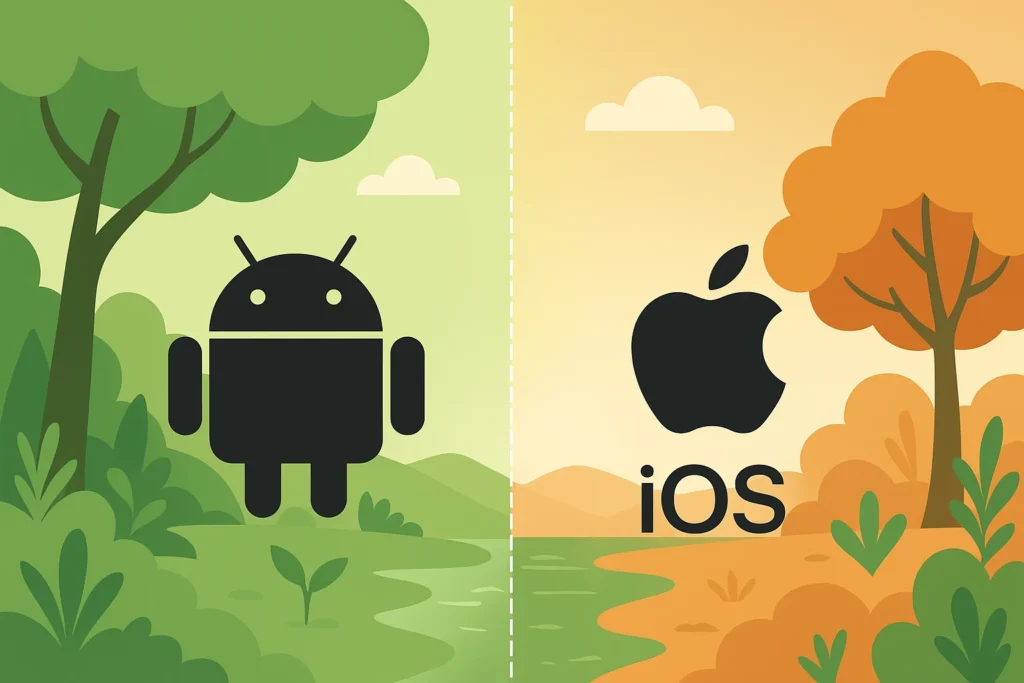
Tracking and Smart Tags
One underrated area is item tracking.
Apple’s AirTag is still the smoothest and most reliable tracker around. It integrates tightly with the iPhone, and thanks to Apple’s huge Find My network plus UWB (Ultra-Wideband) precision, you can locate your stuff down to the exact spot.
On Android, there’s more variety. You’ll find tags from Samsung, Tile, Chipolo, and others. They’re cheaper, often sold in multipacks, and work across different devices. The trade-off? Precision-finding isn’t universal yet—many rely only on Bluetooth.
Winner: Apple for seamless UWB precision.
Winner: Android for affordable variety.
Privacy and Safety
Apple keeps its “privacy first” badge. Face ID under the screen, app tracking blockers, and AI that runs locally—it feels secure.
Android has come a long way. With Play Protect and faster updates, most users won’t face issues. But let’s be real—because it’s more open, the risk is still higher if you go downloading shady apps.
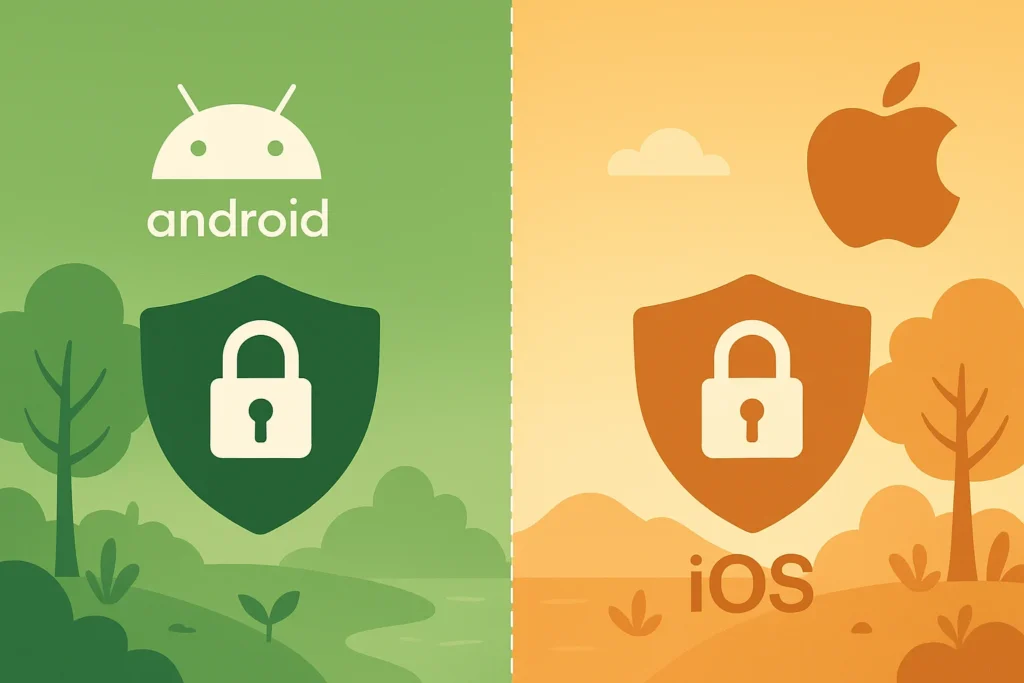
The Money Question
This one’s easy.
iPhone 17 Pro Max? Over ₹1.5 lakh ($1,499). Ouch. But you’ll get updates for 7 years, so it lasts.
Android? Everything. From ₹15,000 budget phones to crazy foldables at iPhone prices. Mid-range Androids in 2025 are so good that most people honestly don’t need the top models
So, What’s the Better Choice?
There isn’t one.
If you love simple, safe, long-lasting phones and already own Apple gear—go iPhone.
If you like tinkering, want more AI power, or don’t want to burn a hole in your wallet—go Android.
At the end of the day, both are winners. The better phone is the one that fits your style, your budget, and how you actually use it.
If you’re interested in more upcoming smartphone updates, don’t miss our detailed post on the iPhone 17 Pro and iPhone 17 Pro Max release date

